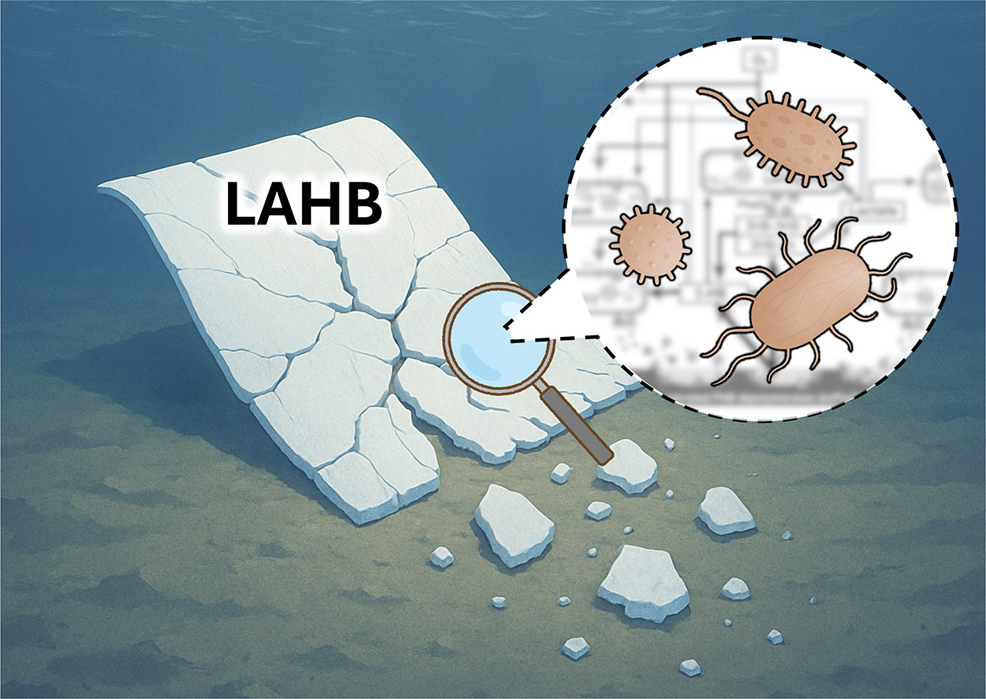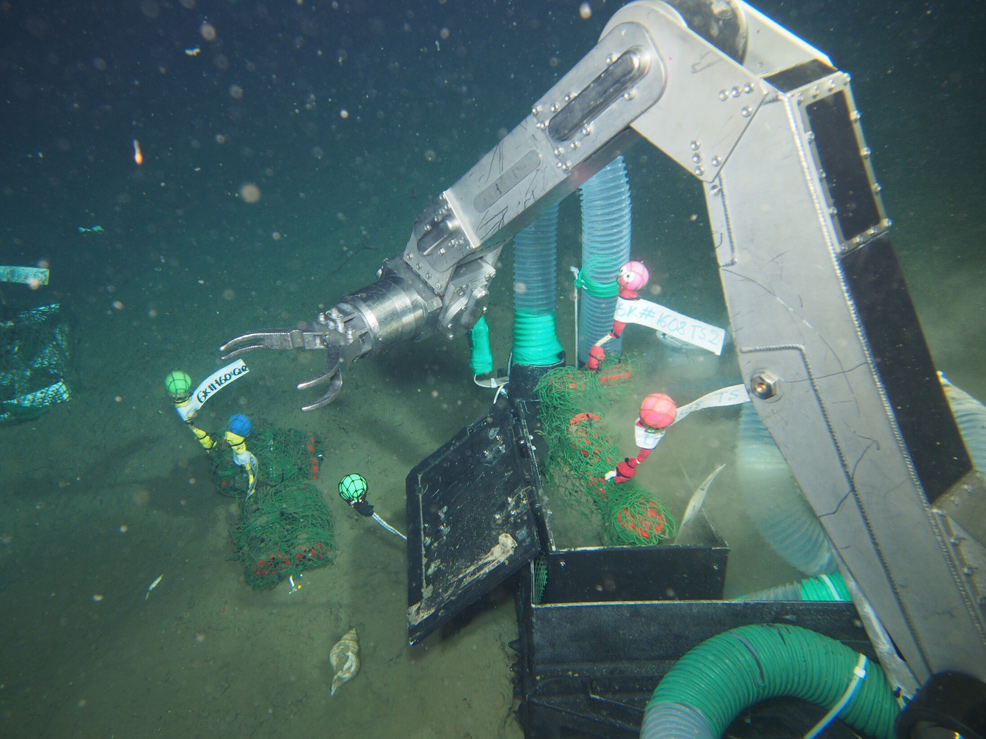
24th July 2025 New hope for solving marine plastic waste A new bioplastic, LAHB, is shown to biodegrade under deep-sea conditions, losing over 80% of its mass after 13 months at a depth of 855 m (2,800 ft), while conventional PLA remains intact.
Scientists from Shinshu University, Japan, have demonstrated a new eco-friendly plastic that decomposes in deep ocean conditions. In a deep-sea experiment, microbially synthesised poly(d-lactate-co-3-hydroxybutyrate) – or LAHB for short – biodegraded, while conventional plastics such as a representative bio-based polylactide (PLA) persisted. Submerged at a depth of 855 metres, LAHB lost over 80% of its mass after 13 months as microbial biofilms actively broke down the material. This real-world test establishes LAHB as a safer biodegradable plastic, supporting global efforts to reduce marine plastic waste. Despite the growing popularity of bio-based plastics, plastic pollution remains one of the world's most pressing environmental issues. About 450 million tons of plastic are now produced globally each year, with nearly 2 million tons ending up as waste that flows directly into aquatic ecosystems. Much of this waste becomes trapped in large rotating ocean currents, known as gyres, forming the infamous "garbage patches" found in the Pacific, Atlantic, and Indian Oceans. To tackle this, researchers have been searching for plastics able to break down more easily in deep-sea environments. One promising candidate is LAHB, which is a lactate-based polyester biosynthesised using engineered Escherichia coli. So far, LAHB has shown strong potential as a biodegradable polymer that breaks down in both river water and shallow seawater. Now, a study published in the journal Polymer Degradation and Stability has shown for the first time that LAHB can also biodegrade under deep-sea conditions, where low temperatures, high pressure, and limited nutrients make the breakdown of plastic extremely difficult.
"Our study demonstrates for the first time that LAHB, a microbial lactate-based polyester, undergoes active biodegradation and complete mineralisation even on the deep-sea floor, where conventional polylactide (PLA) remains completely non-degradable," explains Professor Seiichi Taguchi at Shinshu University's Institute for Aqua Regeneration. The research team submerged two types of LAHB films – one containing 6% lactic acid (P6 LAHB) and another with 13% lactic acid (P13 LAHB) – alongside a conventional PLA film for comparison. The samples were submerged at a depth of 855 m near Hatsushima Island, where deep-sea conditions, cold temperatures (3.6 °C), high salinity, and low dissolved oxygen levels make it hard for microbes to degrade plastic. After 7 and 13 months of immersion, the LAHB films revealed clear signs of biodegradation. The P13 lost 30.9% of its weight after 7 months and over 82% after 13 months. The P6 showed similar trends. By contrast, the PLA film showed no measurable weight loss or visible degradation during the same period, underscoring its resistance to microbial degradation. The surfaces of the LAHB films had developed cracks and were covered by biofilms made up of oval- and rod-shaped microbes, indicating that deep-sea microorganisms were colonising and decomposing the LAHB plastic. The PLA film, however, remained completely free of any biofilm. To understand how LAHB breaks down, the team studied the microbes living on its surface. They discovered that different types of bacteria played specific roles. Some released enzymes that cut long polymer chains into smaller fragments, while others broke those pieces down even further. Together, these microbes turned the plastic into basic compounds like carbon dioxide and water – naturally recycling it back into the environment with minimal impact. The findings of this study fill a critical gap in our understanding of how bio-based plastics degrade in marine environments. Ordinarily, plastics can take hundreds of years – up to 600 in some cases – to fully decompose. "This research addresses one of the most critical limitations of current bioplastics – their lack of biodegradability in marine environments. By showing that LAHB can decompose and mineralise even in deep-sea conditions, the study provides a pathway for safer alternatives to conventional plastics, and supports the transition to a circular bioeconomy," concludes Professor Taguchi.
Comments »
If you enjoyed this article, please consider sharing it:
|
||||||








